Seeing the tall customer struggling to stir the sweet soup, netizens called this an experience that "made my arms sore and sweaty" and "challenged my physical strength". The young customers stood around, watching their father stir the sweet soup and laughing with delight.
The scene of foreign tourists' veins bulging and sweating while stirring chè lam with the locals, filled with laughter in the middle of the old house's yard
According to Ms. Nguyen Ngoc Anh - the person who recorded the video - this group of tourists came from the US. On October 13, during their journey to explore Duong Lam ancient village, they visited the ancient house of Mr. Nguyen Van Hung's family (Ms. Anh's father) and experienced stirring a pot of sweet rice cake with the locals.
The house was built in 1649. Mr. Hung's family is the 12th generation to live here. In 2008, the house was restored, preserved and became a tourist attraction.
Not only introducing tourists to the history and architecture of the house, Ms. Anh's family also often invites guests to experience cooking Che Lam - a specialty of Duong Lam ancient village.
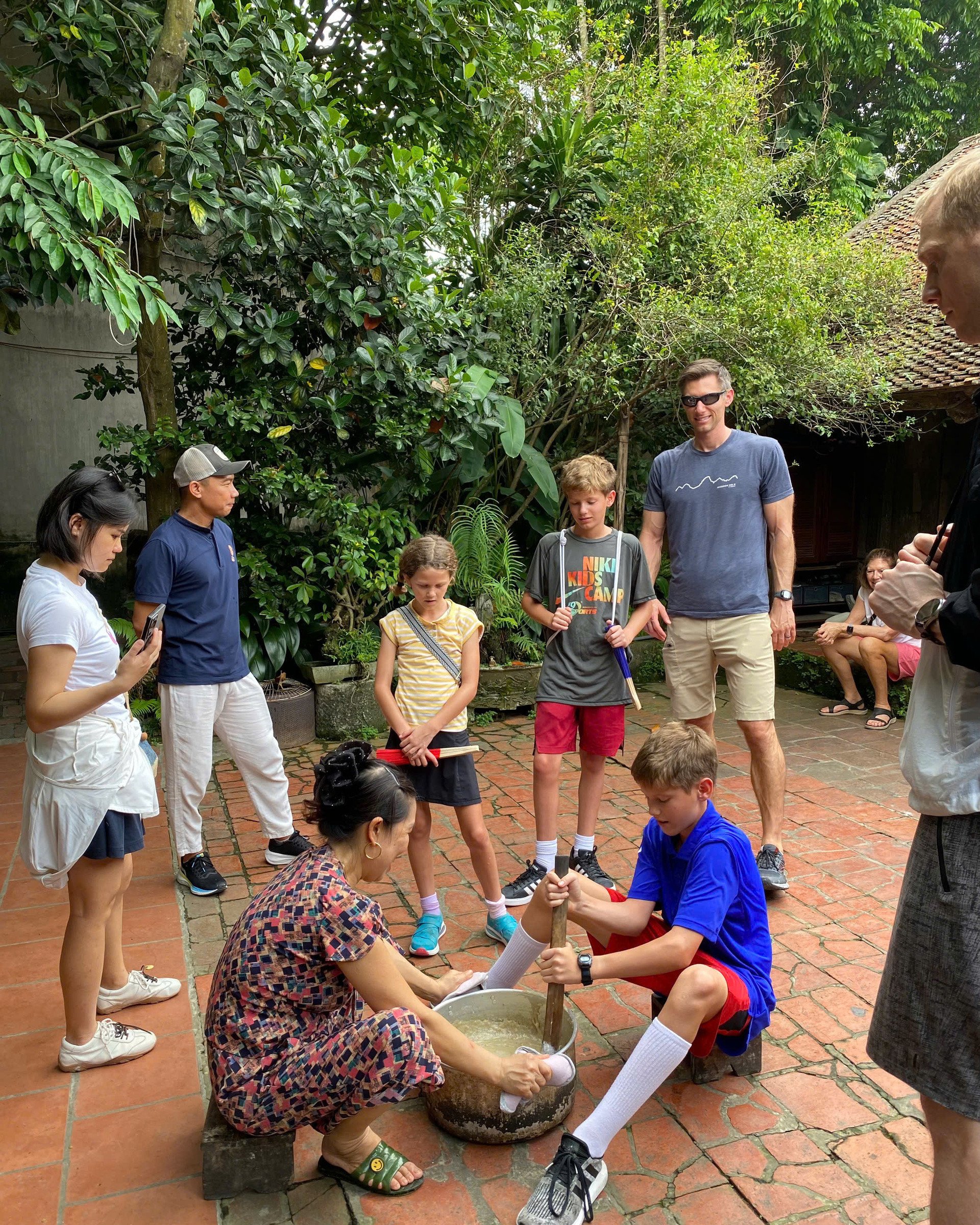 | 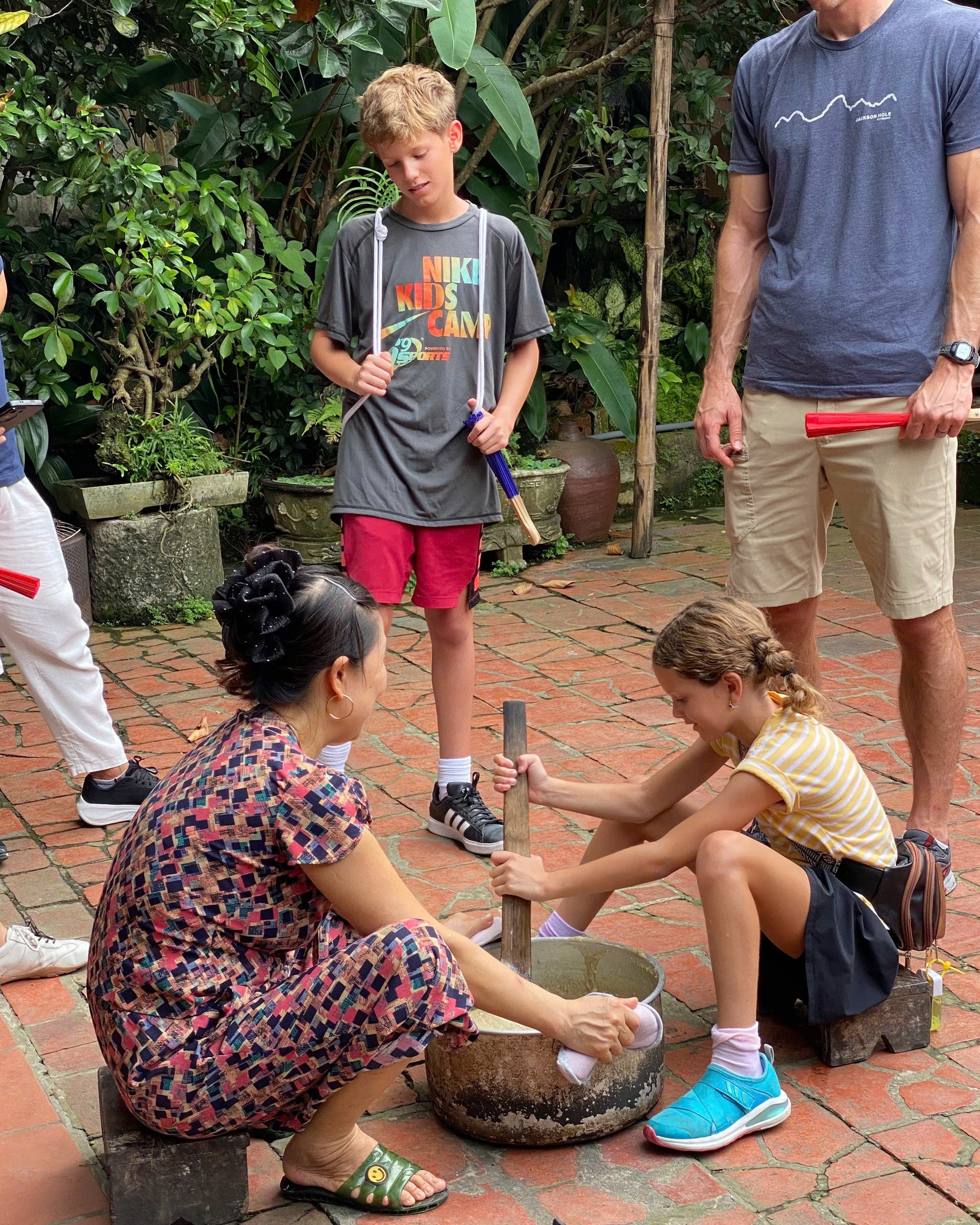 |
Ms. Anh said that Che Lam is made from ingredients such as sticky rice flour, roasted peanuts, fresh ginger, molasses and malt.
In the past, people only made Che Lam during Tet or in late autumn and early winter - when the harvest was over and they had free time. Nowadays, Duong Lam people make Che Lam all year round to serve tourists.
Ms. Anh said that cooking a batch of Che Lam takes about 30-40 minutes on average. Sugar, malt and ginger juice are mixed together in the right proportions, then put into a large cast iron pot, simmering to avoid burning. When the mixture boils, the ginger and sugar give off a fragrant, shimmering aroma, people start pouring in the sticky rice flour and stirring.
This is the most important step, determining the quality of the pot of chè lam. The maker must use chopsticks to stir continuously until the chè is thick and sticky. At this point, they add roasted peanuts, stir well, then pour the chè onto a tray and roll it out thinly. After that, let the chè cool for 1-2 hours before cutting it into bite-sized pieces.
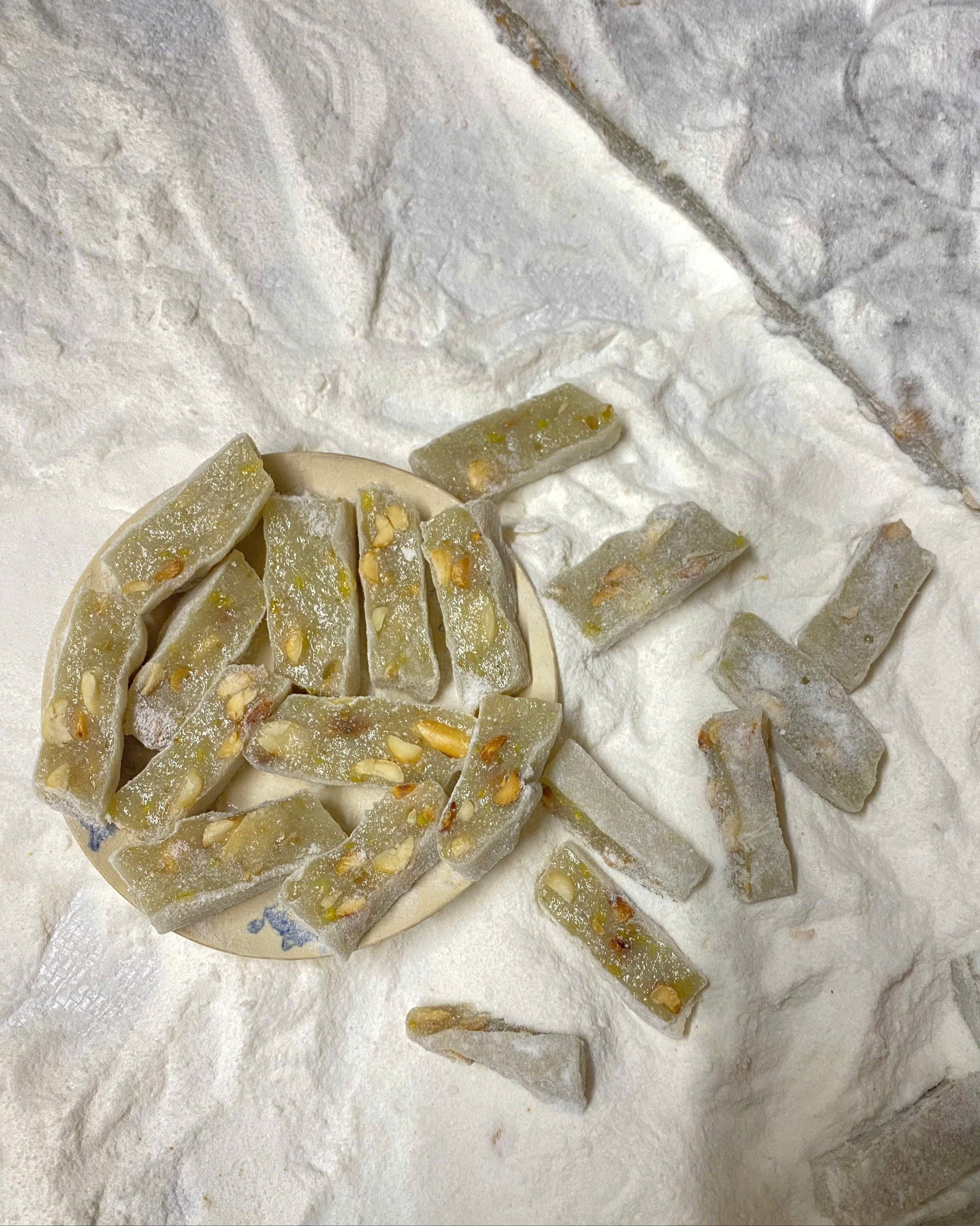 | 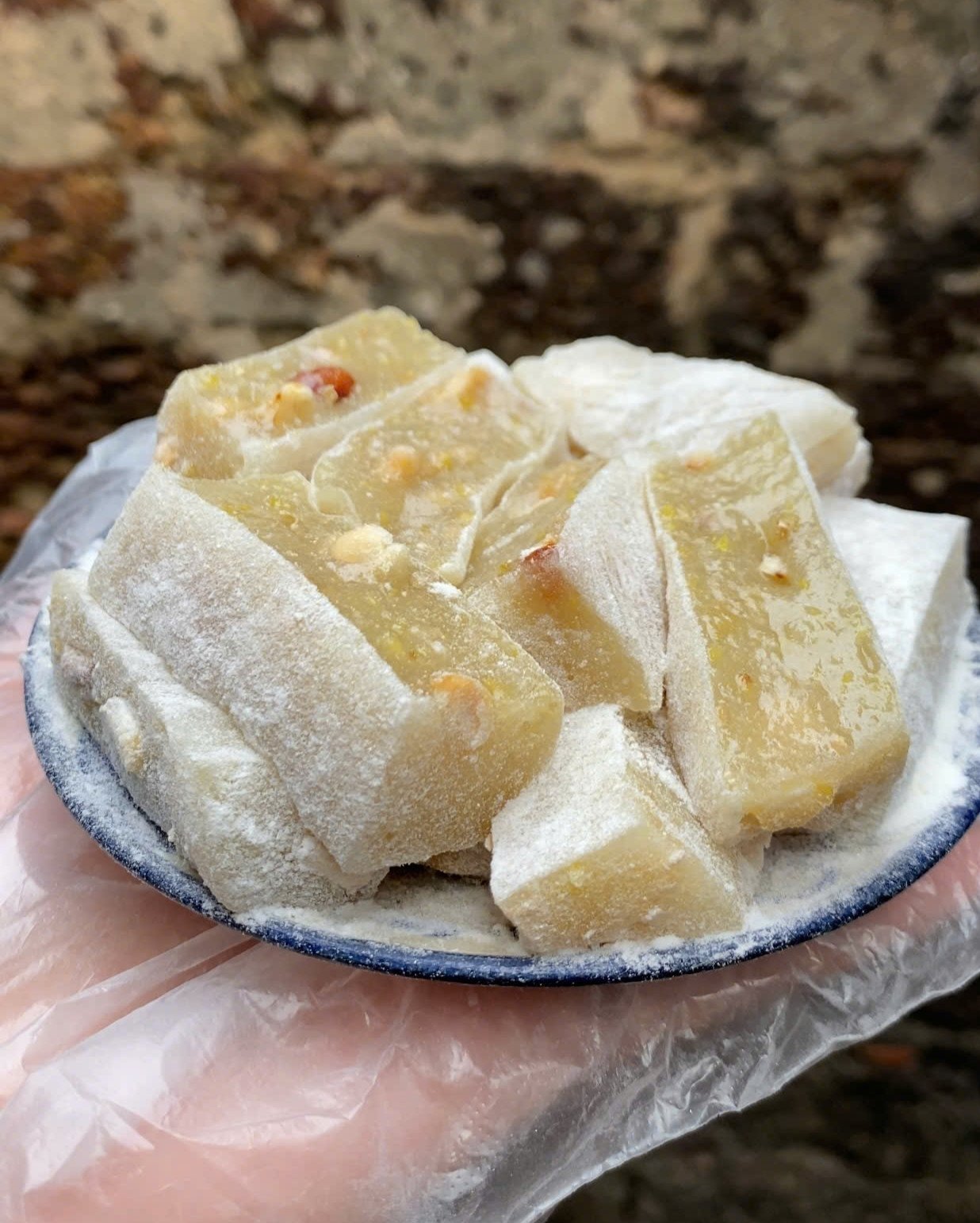 |
Ms. Anh's family often invites tourists to experience the dough-mixing process.
“This job sounds simple but is actually very difficult. The person stirring must have technique, hold the chopsticks firmly and use force to stir deep below, not just superficially on the surface. The longer the stirring, the heavier the hand will be when the flour gradually mixes with the sugar water and ginger mixture, making the stirring more difficult,” Ms. Anh shared.
Although it takes a lot of effort, according to Ms. Anh, tourists really enjoy this experience. “After making Che Lam with the family, they enjoy the soft and chewy pieces of Che Lam, sipping green tea, finding the flavor even richer and more delicious,” she added.
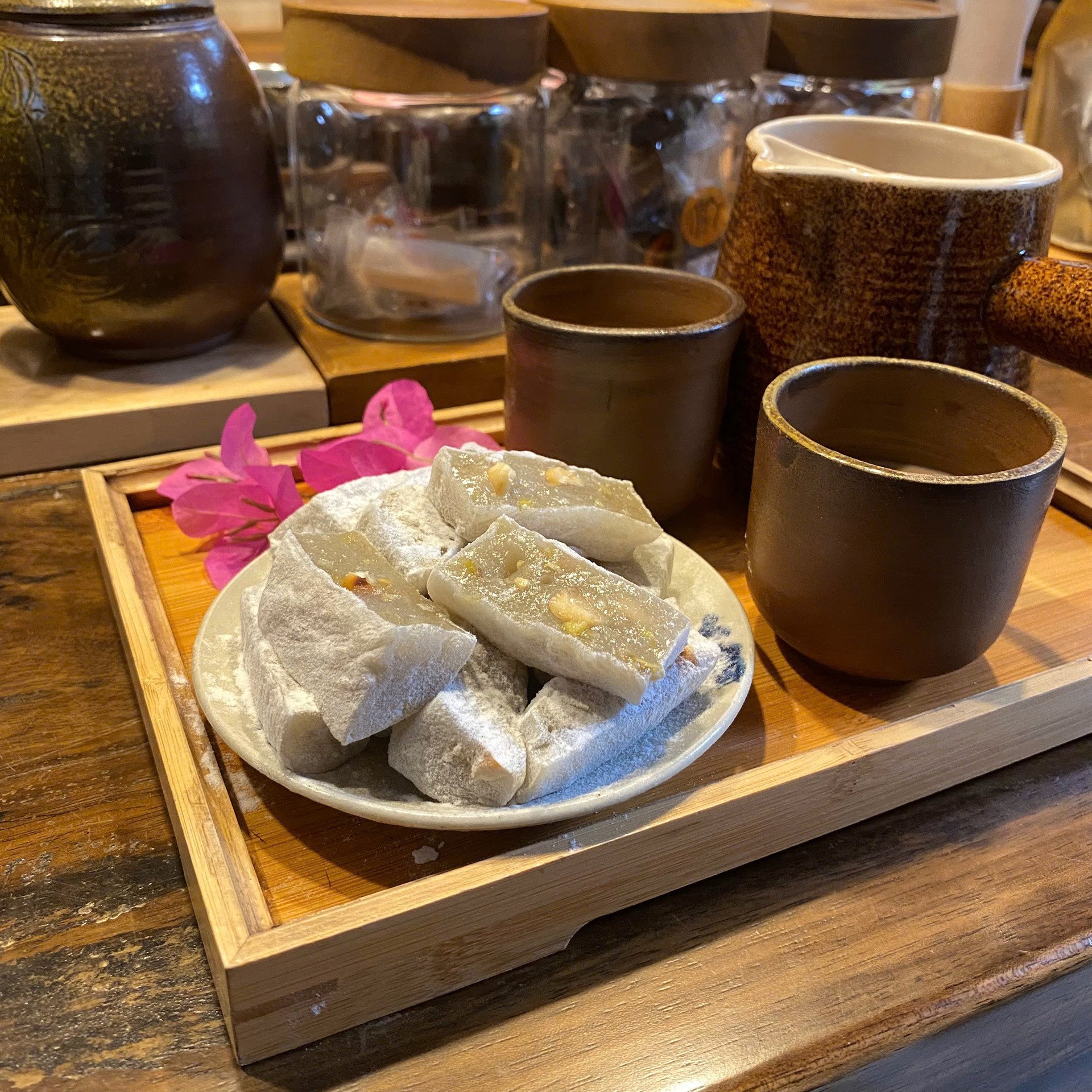
Ms. Anh's family also often cooks typical meals of Duong Lam village for tourists to enjoy with dishes such as: boiled sugarcane chicken, roasted pork belly, braised grass carp with soy sauce, stir-fried dried radish with chicken gizzards, crab and eggplant soup...
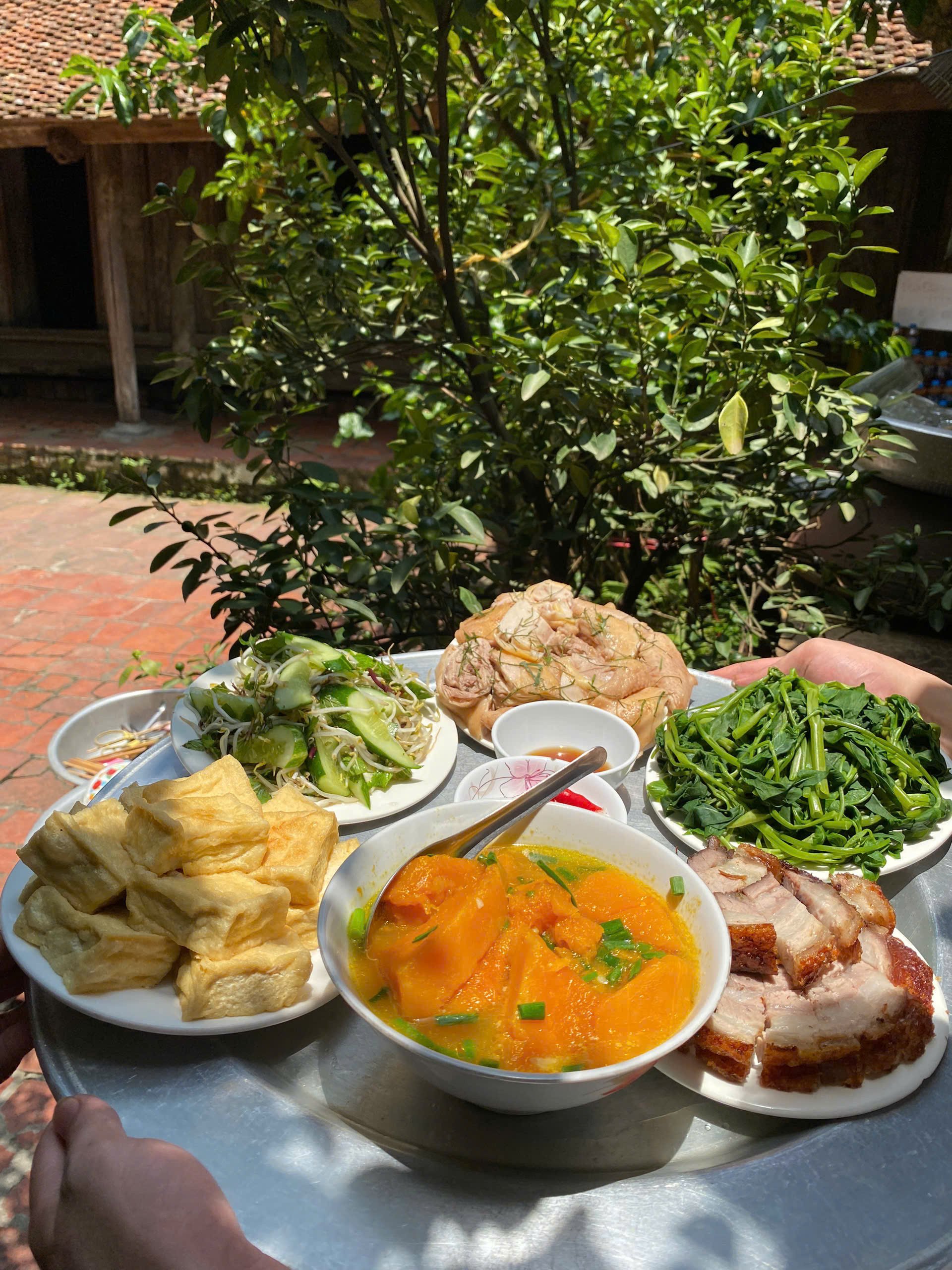 |  |
Located just outside Hanoi , traveling to Duong Lam ancient village is very easy. In recent years, this ancient village has not only attracted domestic tourists but also international tourists.
Duong Lam has many ancient structures with a long history and sophisticated architecture such as Mia Pagoda, On Pagoda, Mong Phu village gate, Mong Phu village communal house, temples of two kings Phung Hung and Ngo Quyen...
The attraction of Duong Lam ancient village lies not only in its ancient architecture but also in its rich local cuisine , imbued with Northern flavors.
The sustainable rural tourism product “Experience traditional Northern cuisine at Duong Lam ancient village” was honored to receive the ASEAN Sustainable Tourism Product Award 2024, within the framework of the ASEAN Tourism Forum (ATF) 2024.
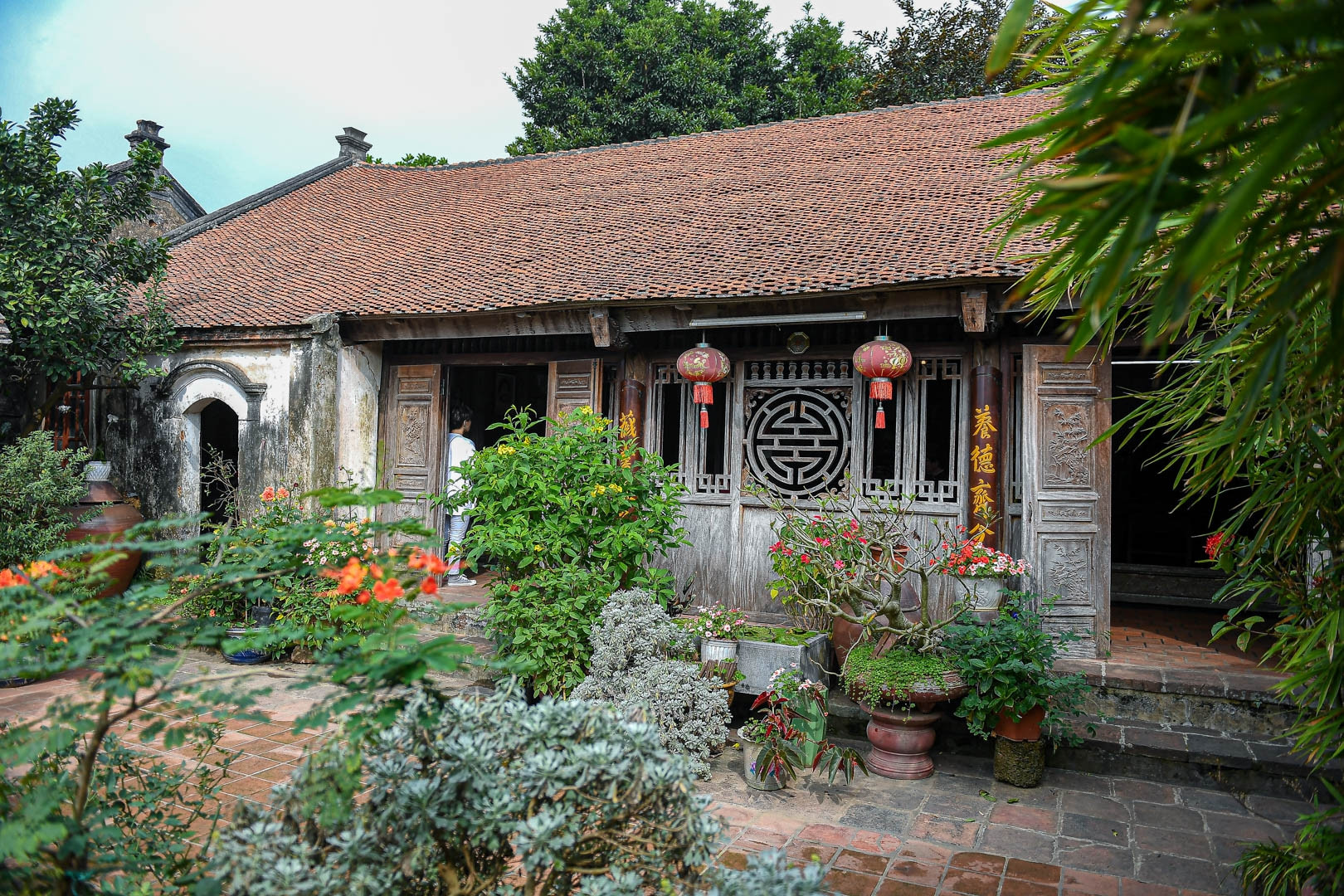
Source: https://vietnamnet.vn/khach-tay-toat-mo-hoi-lam-dac-san-viet-cuoi-vang-giua-san-nha-co-o-ha-noi-2453063.html






![[Photo] Nhan Dan Newspaper launches “Fatherland in the Heart: The Concert Film”](https://vphoto.vietnam.vn/thumb/1200x675/vietnam/resource/IMAGE/2025/10/16/1760622132545_thiet-ke-chua-co-ten-36-png.webp)

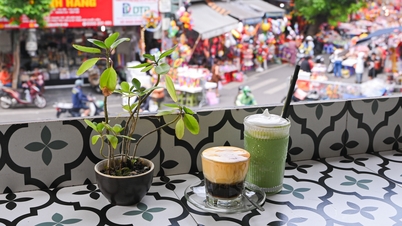


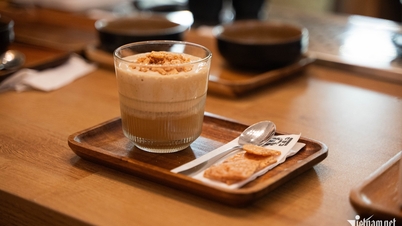


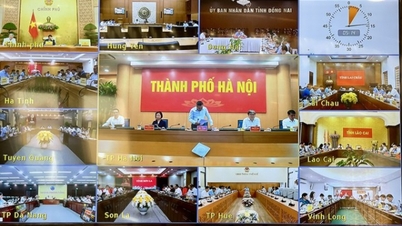









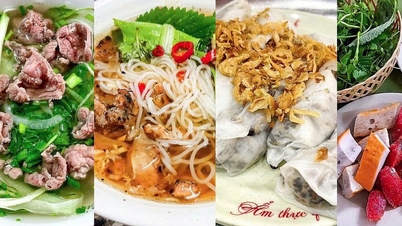










![[Photo] General Secretary To Lam attends the 18th Hanoi Party Congress, term 2025-2030](https://vphoto.vietnam.vn/thumb/1200x675/vietnam/resource/IMAGE/2025/10/16/1760581023342_cover-0367-jpg.webp)
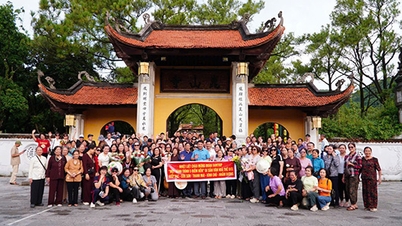






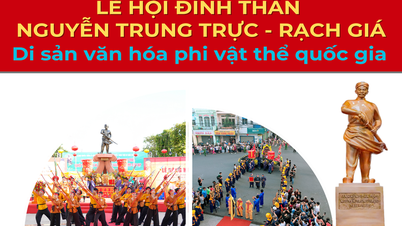

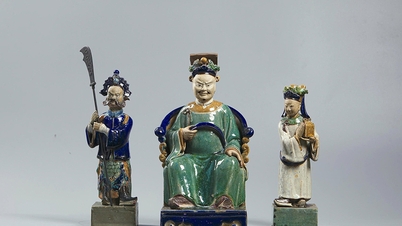

















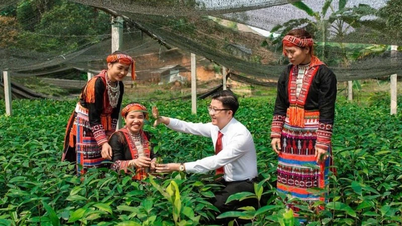






















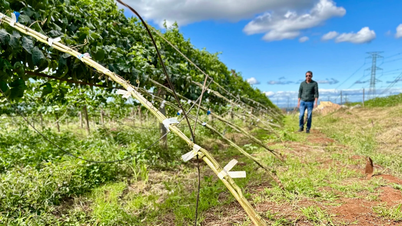




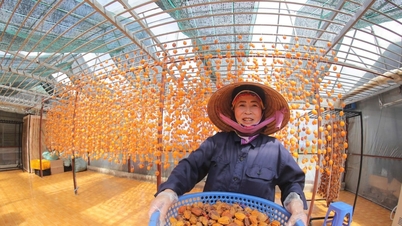













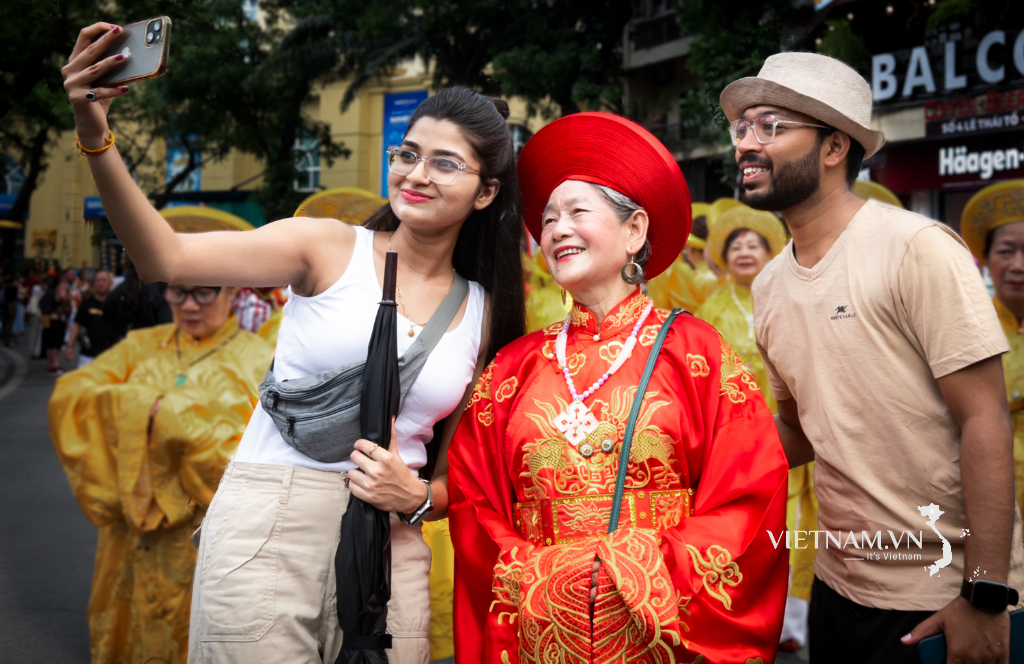



Comment (0)